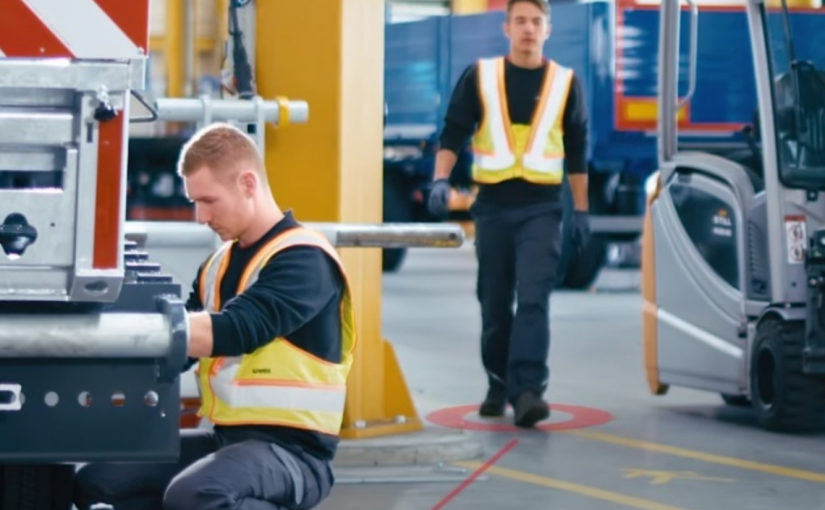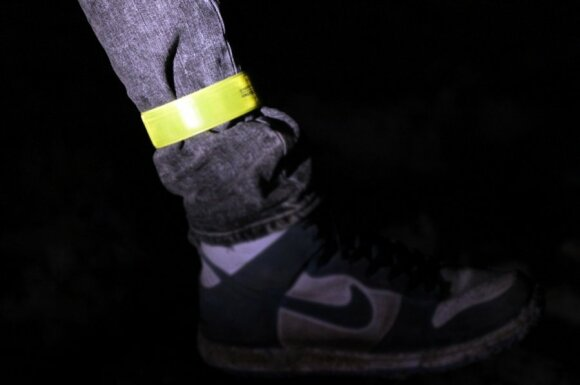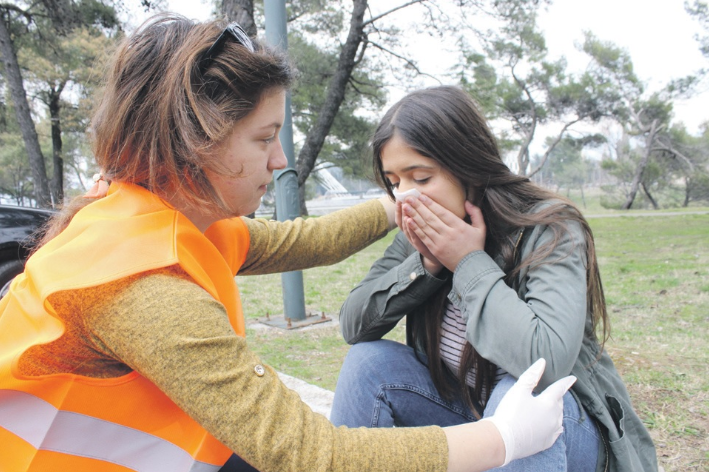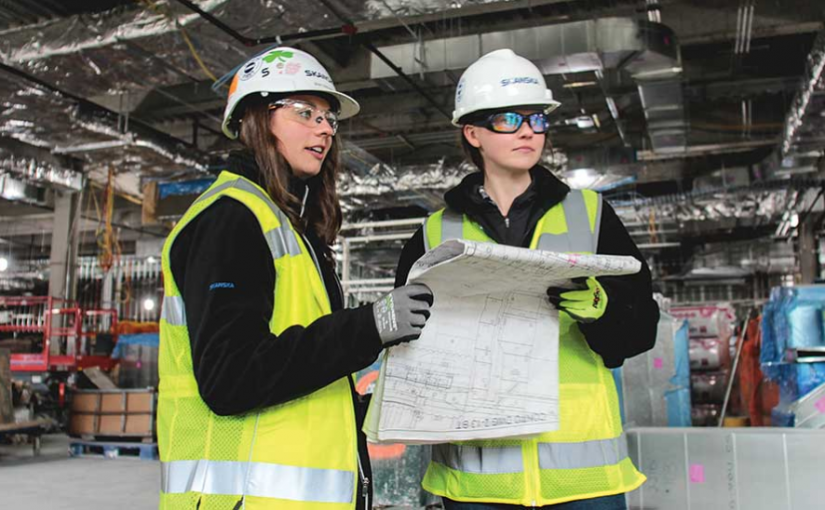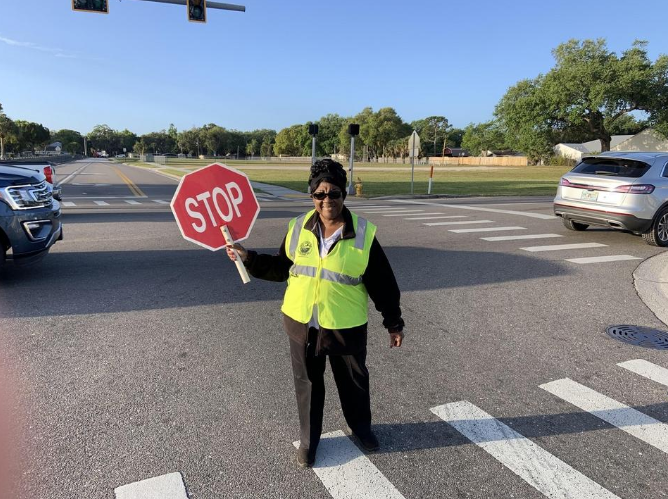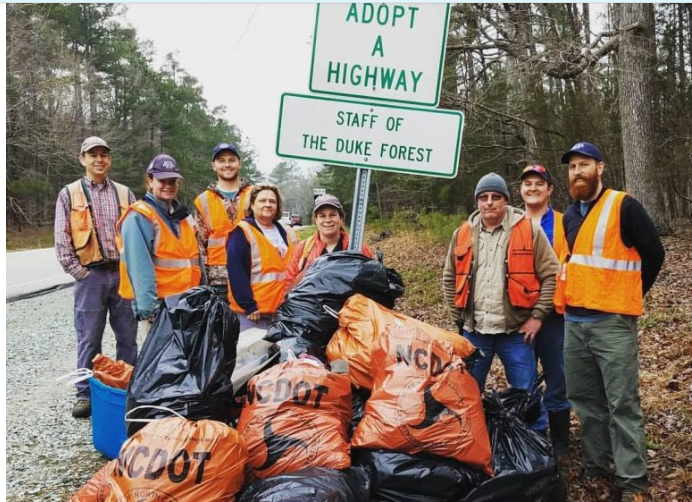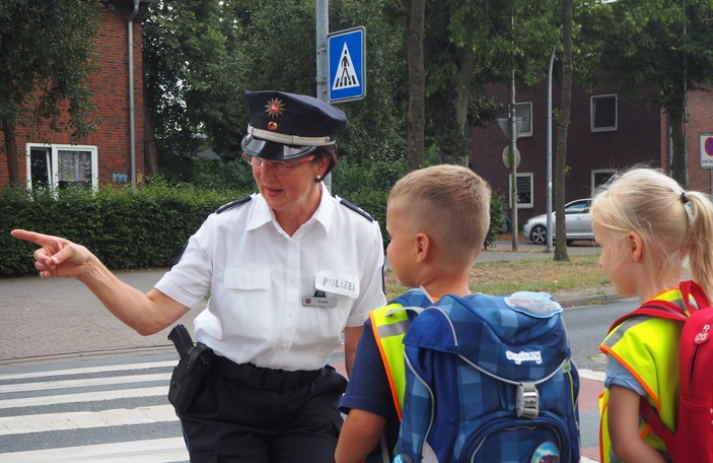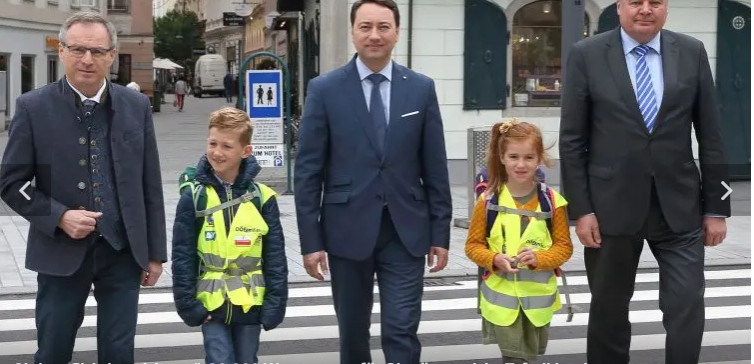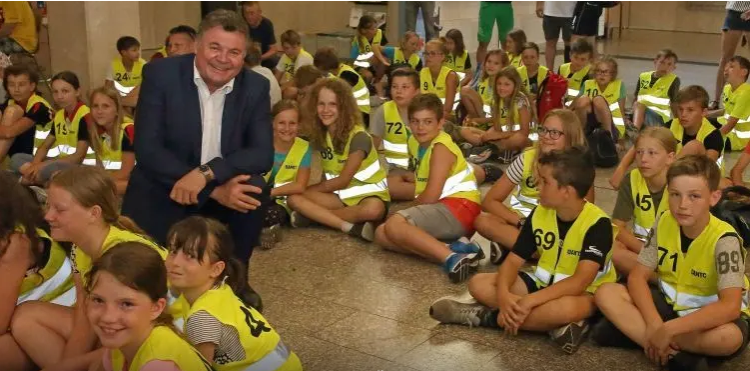The Millennium looked like a newly kicked anthill when ants start to come out in all directions. Located in section 13 of pier 3 of the port of Mar del Plata, it was the only boat in the more than 200 meters long that has the jetty, which promoted unusual activity in this sector.
Stevedores loading tablets onto the wooden pallets that are then transported to the empty containers that wait a little further away. The Small Navy crane lifting cargo from the hold, sailors waiting to be able to get on as relays, other stevedores resting in the shadow of the elevator. Everything around the first ship that unloads illex in Mar del Plata in this 2020 season that can be interrupted on Monday if CAPA and SOMU do not seal the agreement with the salary update.
“We are 40 stevedores, half from the Little Navy and the other half from the Hiring Center,” says the manager of the troupe of booties, gloves, and girdles, but without helmets. “We have them in that trailer, nobody wants to use them,” he says of a breach that is already a tradition in Mar del Plata. Stevedores without protection and nobody who works the acts of infringement. Then, to be sorry for an avoidable accident, they are the first.
The Millennium entered with 350 tons of the whole squid, mostly S and SS, says the fleet chief, dressed in a fluorescent-colored safety vest that sets him apart from the rest. “The boat fished very well, in ten days the Patagonia Blues will enter”, anticipates Alfonso Villegas.
The Millennium had two and a half days of travel to reach Mar del Plata from the fishing area, one of unloading and another two of return. “We always operate in this port because the stowage is efficient and we have containers and very good repair service. The ship is celebrating its 50th harvest next year and things must always be done to it,” said the owner’s representative.
While the stevedores unloaded the 350 tons in less than twelve hours, electricians reviewed the power machines and the cold compressors. “If we were to unload in the south, we cannot take more than 200 tons per day, there you already discount one of the days of the trip, it is a little more expensive and there is not always a priority in unloading. And here we feel at home, it works very well”, values the task of the stevedores who come and go without stopping.
“If God is everywhere but attends in Buenos Aires, in fishing the example is valid for Mar del Plata. It is everywhere but it serves here; here you have everything you need, mechanics, electricians, turners, welders; all items to solve problems quickly and go back to fishing, “says Villegas, who watches that sizes S and SS go to the appropriate container.
As the season progresses, he maintains that the task is irregular, with nights of good catches and others with very little, and a period of bad weather that forced them to shelter in Bahía Camarones.
“The squid is a little bit bigger than last year’s, within the same sizes but a little bit bigger,” he says, although he admits he does not know what stock it comes from, whether it is the summer spawning season or the subpatagonic. “Talk to me about iron, not about catches,” he says, begging for mercy, before laughing.
